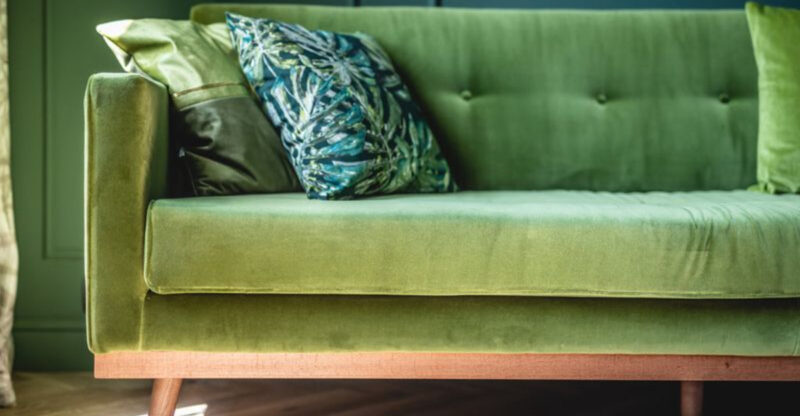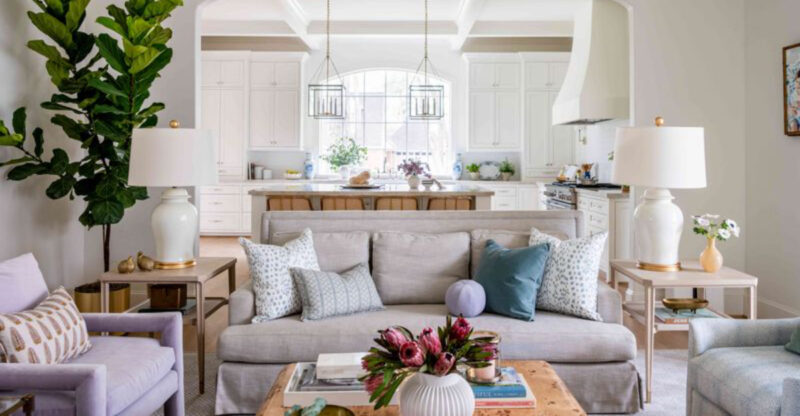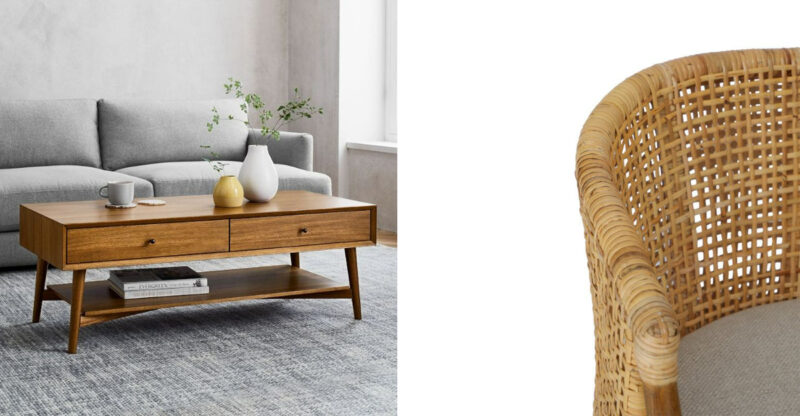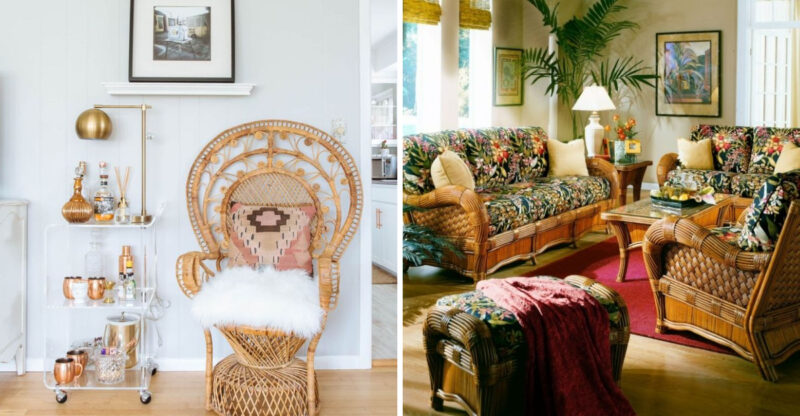14 Kitchen Features That Can Discourage Buyers in Brooklyn Homes
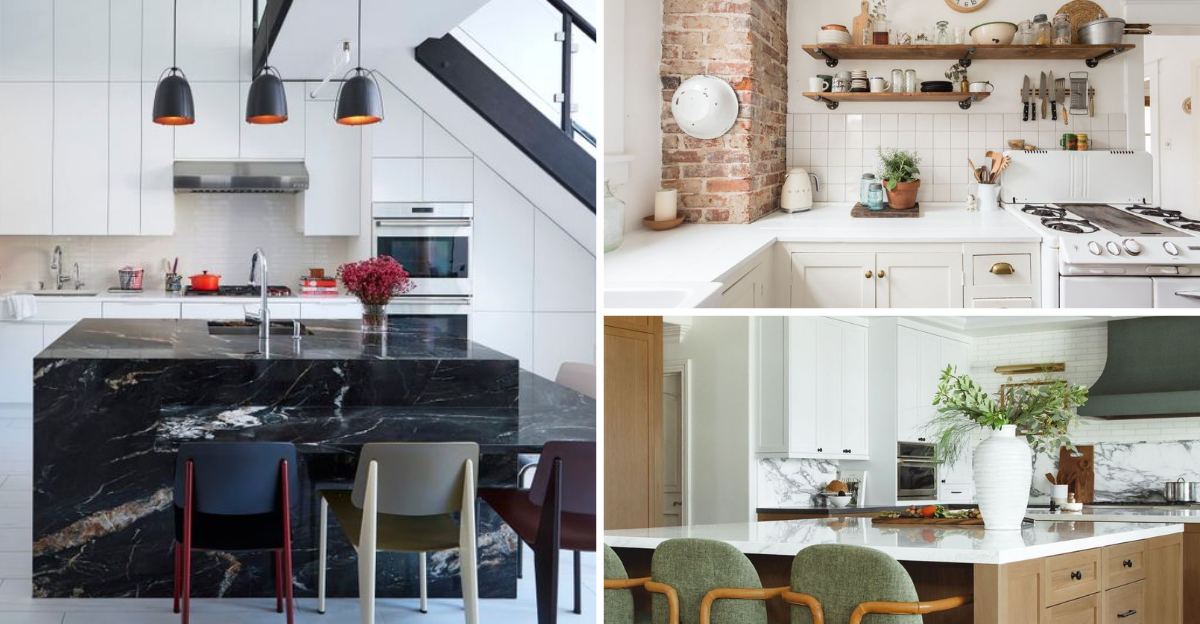
Ready to sell your Brooklyn brownstone or condo?
Your kitchen could make or break the deal. In today’s competitive Brooklyn real estate market, buyers have high expectations for what many consider the heart of the home.
I’ve seen countless deals fall through because sellers overlooked simple kitchen issues that sent potential buyers running for the door.
1. Poor Lighting Fixtures
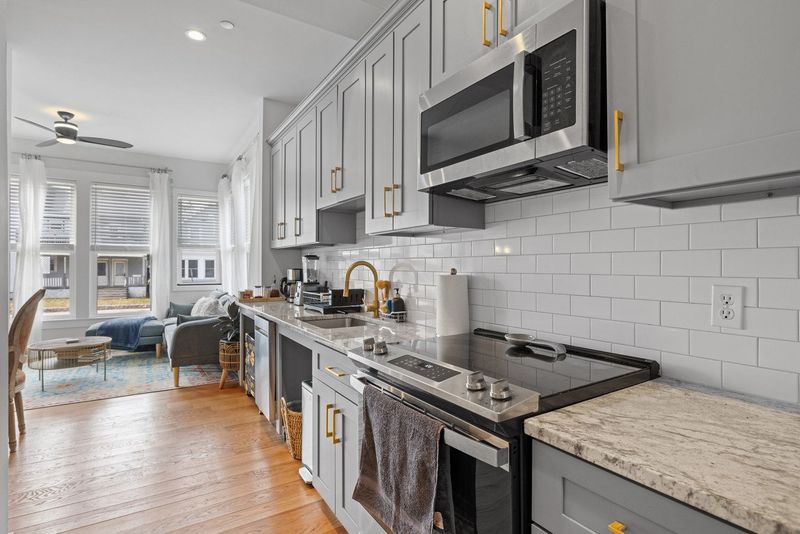
Dim, outdated lighting makes even the most beautiful Brooklyn kitchen look dreary and uninviting. Potential buyers immediately notice those brass fixtures from the 90s or fluorescent box lights casting an unflattering glow over your countertops.
I recommend replacing dated pendants and fixtures with modern LED options that brighten the space properly. Under-cabinet lighting is particularly valuable, as it showcases your countertops and makes the kitchen feel more spacious.
Many Brooklyn buyers specifically look for kitchens with layered lighting ambient, task, and accent to create different moods. This small investment typically costs under $500 but can dramatically transform how buyers perceive your kitchen’s overall appeal.
2. Impractical Layouts
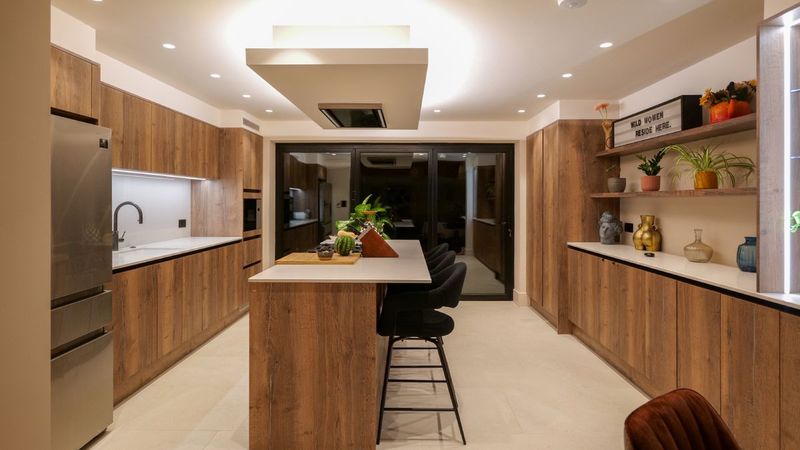
When refrigerator doors bang into islands or dishwashers block walkways when open, Brooklyn buyers immediately see headaches rather than homes. These layout problems signal to potential buyers that daily cooking will be frustrating and inefficient.
The kitchen work triangle (the path between sink, stove, and refrigerator) should flow naturally without obstructions. Appliances need proper clearance at least 36 inches for walkways and 48 inches when two people might pass each other.
If your kitchen has these issues, consider consulting with a designer before listing. Sometimes simply swapping a standard dishwasher for a drawer model or repositioning an island can transform a dysfunctional space into one that buyers will fight over.
3. Mismatched Appliance Finishes
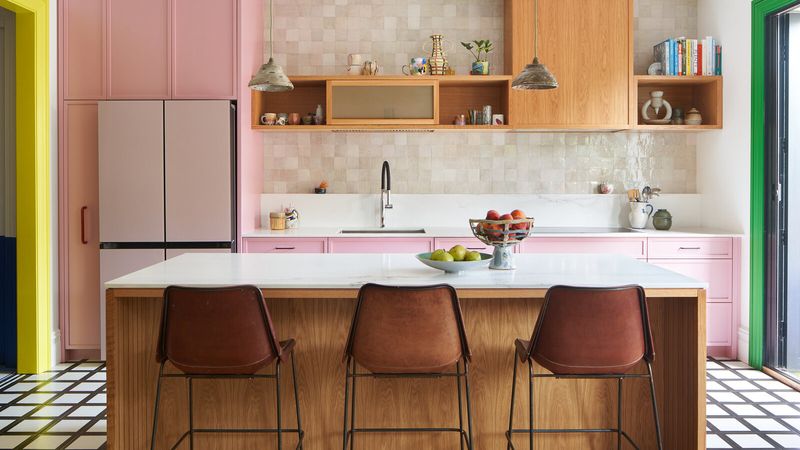
Walking into a kitchen with a stainless steel refrigerator, black dishwasher, and white stove creates an instant negative impression. This mishmash suggests piecemeal updates and potential maintenance issues lurking beneath the surface.
Brooklyn buyers today expect cohesive design. If complete replacement isn’t in your budget, consider creative solutions. Appliance paint or peel-and-stick stainless steel films can temporarily unify appearances for under $100 per appliance.
Another option is leaning into the eclectic look by ensuring everything else in the kitchen feels intentionally designed. Custom panels for dishwashers or refrigerators can also help integrate mismatched pieces into a more cohesive whole that won’t send buyers running.
4. Outdated Laminate Countertops
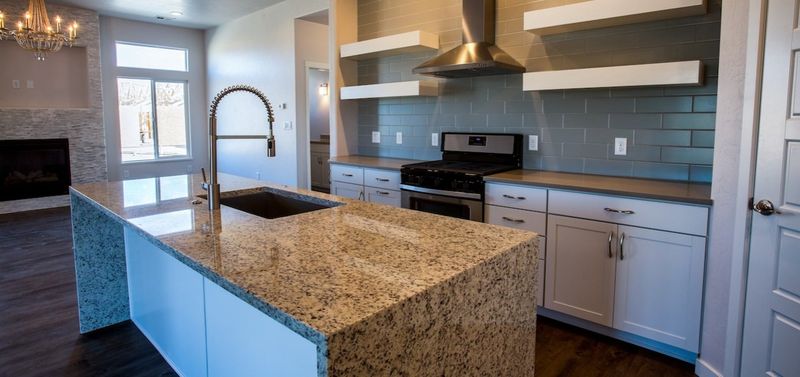
Those beige laminate countertops with dark brown seams from the 1990s are instant deal-breakers for Brooklyn buyers. Worn edges, burn marks, and water damage near sinks make buyers calculate immediate renovation costs before they’ve even finished the tour.
Quartz and granite remain popular choices for replacement, but if that’s not in your budget, consider newer laminate options. Today’s laminates can convincingly mimic stone at a fraction of the cost. Butcher block is another affordable alternative that appeals to many Brooklyn buyers seeking warmth and character.
Even a simple edge upgrade from a rolled edge to a square profile can modernize the look of existing laminate. Remember, countertops are one of the first things buyers notice, so this investment typically pays off.
5. Lingering Food Odors
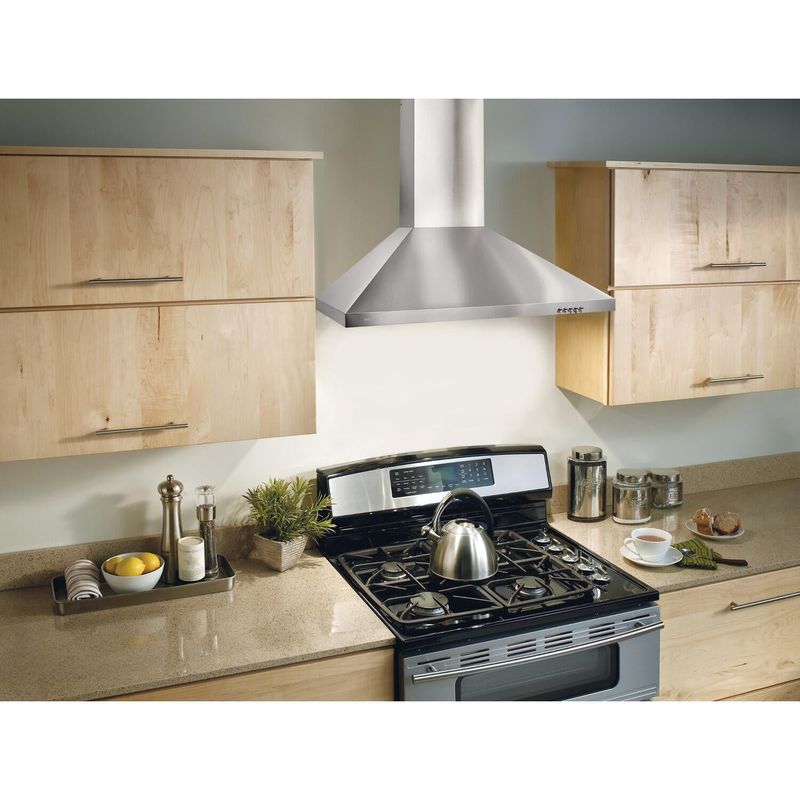
Nothing sends Brooklyn buyers fleeing faster than walking into a kitchen that smells like last night’s fish dinner or lingering cooking grease. Even subtle food odors signal to buyers that the kitchen may not be properly ventilated or thoroughly cleaned.
Before showings, I always recommend deep cleaning range hoods, replacing filters, and checking for grease buildup on walls and cabinets. Simmer water with lemon and cinnamon sticks for a natural, appealing scent that won’t overwhelm potential buyers.
If odors persist despite cleaning, you might need to address ventilation issues. Installing a proper range hood that vents outside rather than recirculating air can be a significant selling point in Brooklyn, where many historic buildings lack adequate kitchen ventilation.
6. Grimy Grout or Moldy Caulk

Discolored grout lines and black-spotted caulk around sinks scream neglect to potential buyers. These seemingly minor issues suggest water damage and possible mold problems that could require expensive remediation. Refreshing grout doesn’t have to be expensive.
For less than $20, you can purchase grout cleaner and a good brush to restore most tile to its original condition. If cleaning doesn’t work, grout colorant can provide a like-new appearance without the hassle of regrouting.
Caulk should always be completely replaced if it shows any signs of mold or mildew. This simple weekend project costs under $10 but makes a dramatic difference in how buyers perceive your kitchen’s cleanliness and maintenance. Brooklyn buyers are particularly sensitive to mold concerns given the age of many buildings.
7. Cluttered Countertops and Overpacked Cabinets
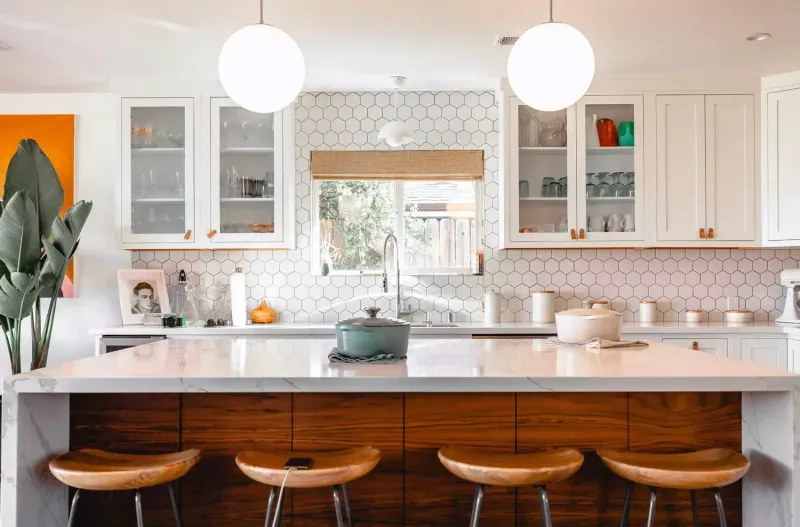
Countertops overflowing with appliances and cabinets stuffed to the brim make Brooklyn kitchens feel smaller and less functional than they actually are. When buyers can’t envision their own cooking lifestyle in your space, they move on quickly.
Before listing, I suggest removing everything from countertops except maybe one decorative item and a coffee maker. Store or donate appliances you rarely use. The goal is to showcase the actual counter space available.
Similarly, cabinets should be no more than 70% full during showings. Remove excess dishes, mismatched glasses, and rarely-used gadgets. This strategy helps Brooklyn buyers, who often worry about storage in urban homes, see that your kitchen can comfortably accommodate their belongings without feeling cramped.
8. Sticky or Damaged Cabinet Doors
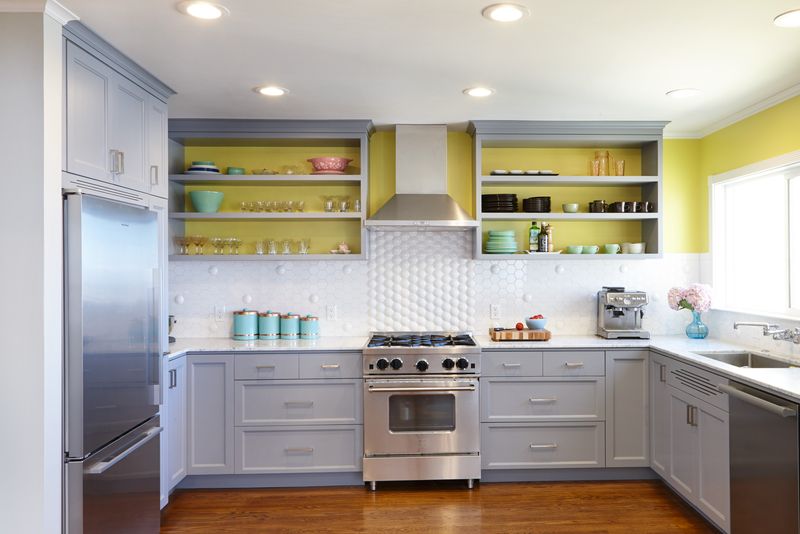
Cabinet doors that stick, sag, or don’t close properly immediately signal poor maintenance to Brooklyn buyers. These issues suggest deeper problems that could make a kitchen renovation more extensive than initially planned.
Fixing cabinet hardware is typically straightforward and affordable. Replacing hinges, adding bumpers, and adjusting doors can often be completed in an afternoon for less than $100. If cabinet fronts are damaged, consider painting them rather than full replacement. Many Brooklyn buyers appreciate painted cabinets in on-trend colors like navy, sage green, or classic white.
If your cabinets are outdated but structurally sound, professional spray painting can transform them for about 20% of the cost of new cabinets while adding significant appeal to budget-conscious buyers who want move-in ready homes.
9. Pure White Countertops
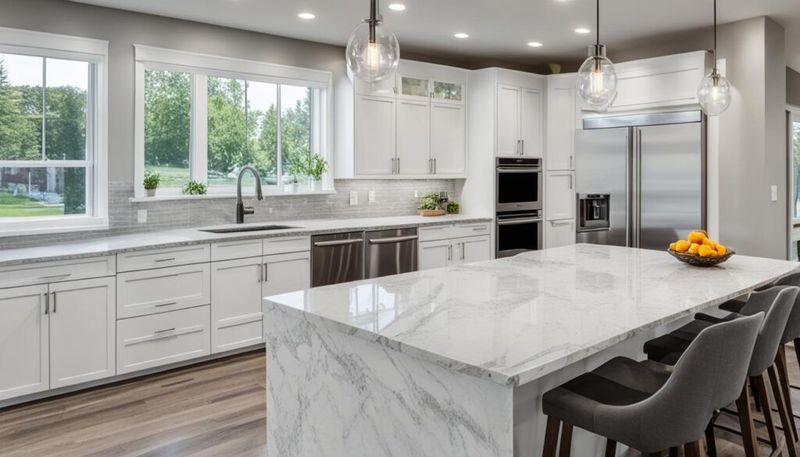
Stark white countertops might look pristine in magazines, but Brooklyn buyers often see them as maintenance nightmares. Every coffee drip, tomato sauce splash, and wine spill shows dramatically on pure white surfaces, creating cleaning anxiety for potential buyers.
If you’re updating counters before selling, consider materials with subtle patterns or veining instead. Quartz options with light marbling or slight movement provide the bright, clean look many buyers want without the high-maintenance drawbacks of solid white.
For those with existing white counters, professional polishing can often remove stains and restore shine before listing. During showings, I recommend having a few strategic items placed on the counters to break up the expanse of white and distract from any imperfections that couldn’t be removed.
10. Deep Drawer-Only Pantries

Those deep drawer pantries that seemed so clever during your renovation are actually frustrating potential Brooklyn buyers. Items get lost in the back, and the pull-out mechanism often breaks over time, creating an expensive replacement headache.
Traditional reach-in pantries with adjustable shelving remain the most practical and desirable option for most buyers. If your kitchen has deep drawer storage, consider reorganizing it before showings to demonstrate its functionality. Clear containers with visible contents and drawer organizers can showcase how the space might work efficiently.
Adding labels or installing sliding systems that bring items at the back into view can help buyers see potential rather than problems. Remember, Brooklyn buyers often cook at home more than suburban counterparts due to the vibrant takeout scene, making pantry functionality especially important.
11. Skinny Islands with Sinks
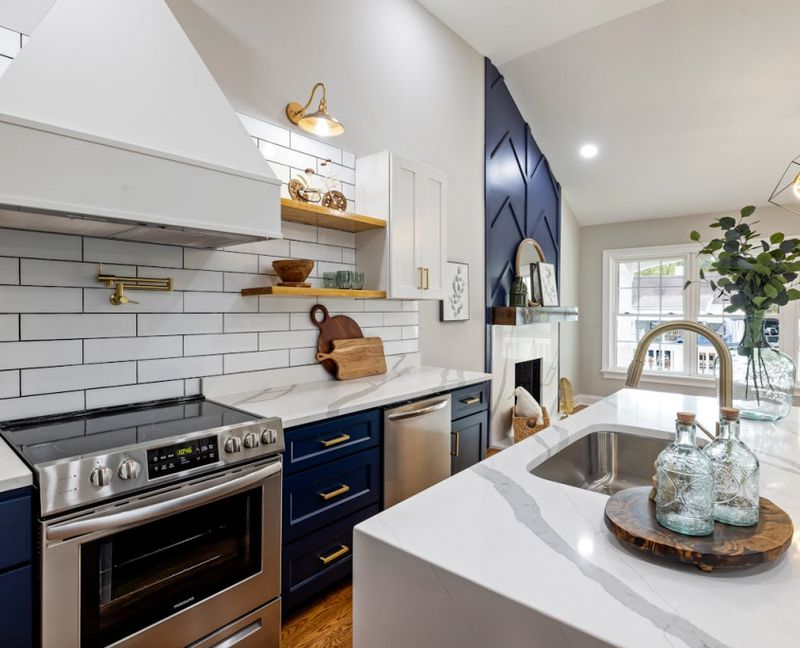
Narrow islands with sinks might seem space-efficient, but they’re major turnoffs for Brooklyn buyers. These poorly planned features leave no usable counter space once you place a dish rack or cutting board nearby. Islands narrower than 30 inches with sinks installed send buyers running because they signal form over function.
The ideal island should be at least 36-42 inches wide to accommodate both a sink and workspace. If your narrow island has a sink, consider whether removing it might be worthwhile before listing. Sometimes simply replacing a large sink with a compact bar sink can reclaim valuable work surface.
Alternatively, staging the island with elegant, minimal accessories can help buyers visualize its potential despite the design flaw. Practical kitchen function is particularly important to Brooklyn buyers, who often entertain in their kitchens due to smaller living spaces.
12. Oversized Islands Without Outlets
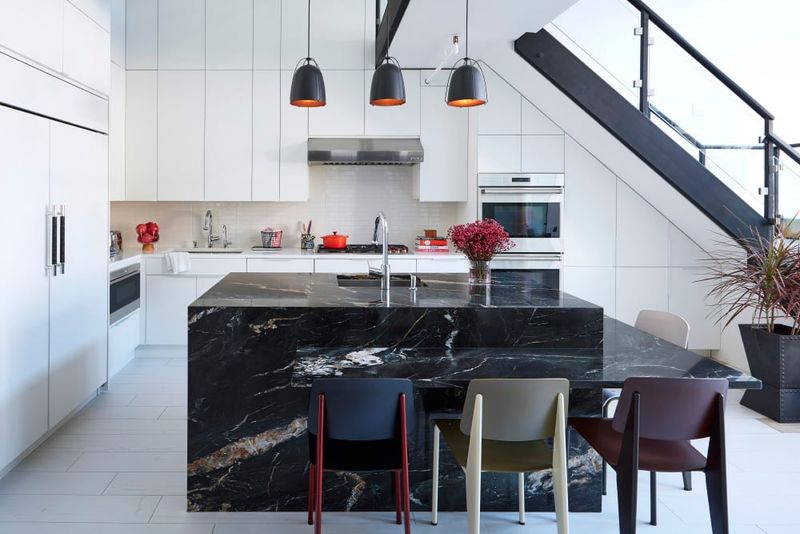
Massive kitchen islands look impressive but quickly lose their appeal when Brooklyn buyers realize there’s nowhere to plug in appliances. In today’s device-dependent world, an outlet-free island becomes an inconvenient dead zone rather than a functional centerpiece.
Building codes now require outlets for islands above certain sizes, so their absence can also signal that work was done without proper permits a red flag for savvy Brooklyn buyers. Adding pop-up outlets or USB charging stations before listing can transform this negative into a positive selling point. If electrical work isn’t feasible, ensure your staging highlights other uses for the island that don’t require power.
Beautiful serving pieces, cookbook displays, or elegant bar setups can showcase the island’s value while distracting from its electrical limitations. Brooklyn buyers particularly value multi-purpose kitchen features in typically space-challenged homes.
13. Open Shelving
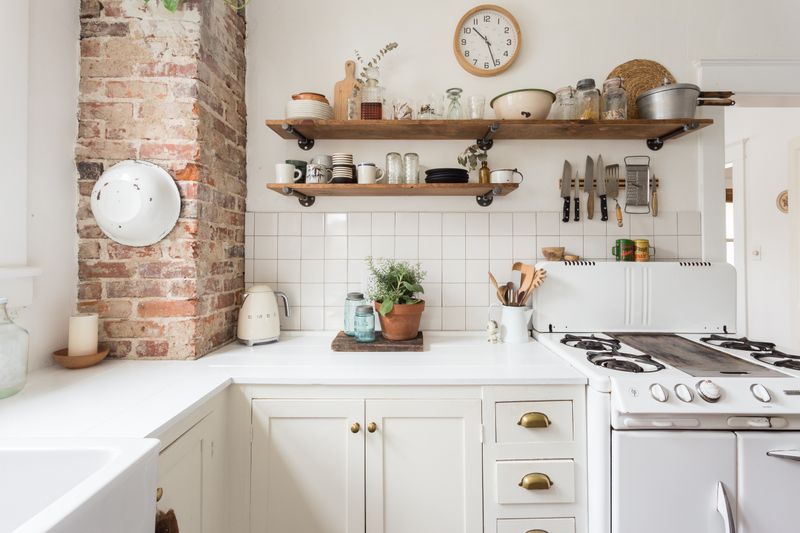
Those Instagram-worthy open shelves displaying perfectly arranged dishes might look charming in photos, but Brooklyn buyers often see them as dust collectors and storage nightmares. In a city where space is premium, practical storage trumps aesthetics every time.
If your kitchen features extensive open shelving, consider replacing some sections with closed cabinets before listing. For shelving that must remain, stage it minimally with a few attractive items rather than the cluttered look that’s popular on social media.
Brooklyn’s notorious dust issues (thanks to older buildings and busy streets) make open shelving particularly problematic for many buyers. If replacement isn’t possible, emphasize other storage features in your kitchen during showings, and ensure any displayed items look meticulously clean and thoughtfully arranged to demonstrate the shelving’s potential despite its practical drawbacks.
14. Raised Bar Countertops
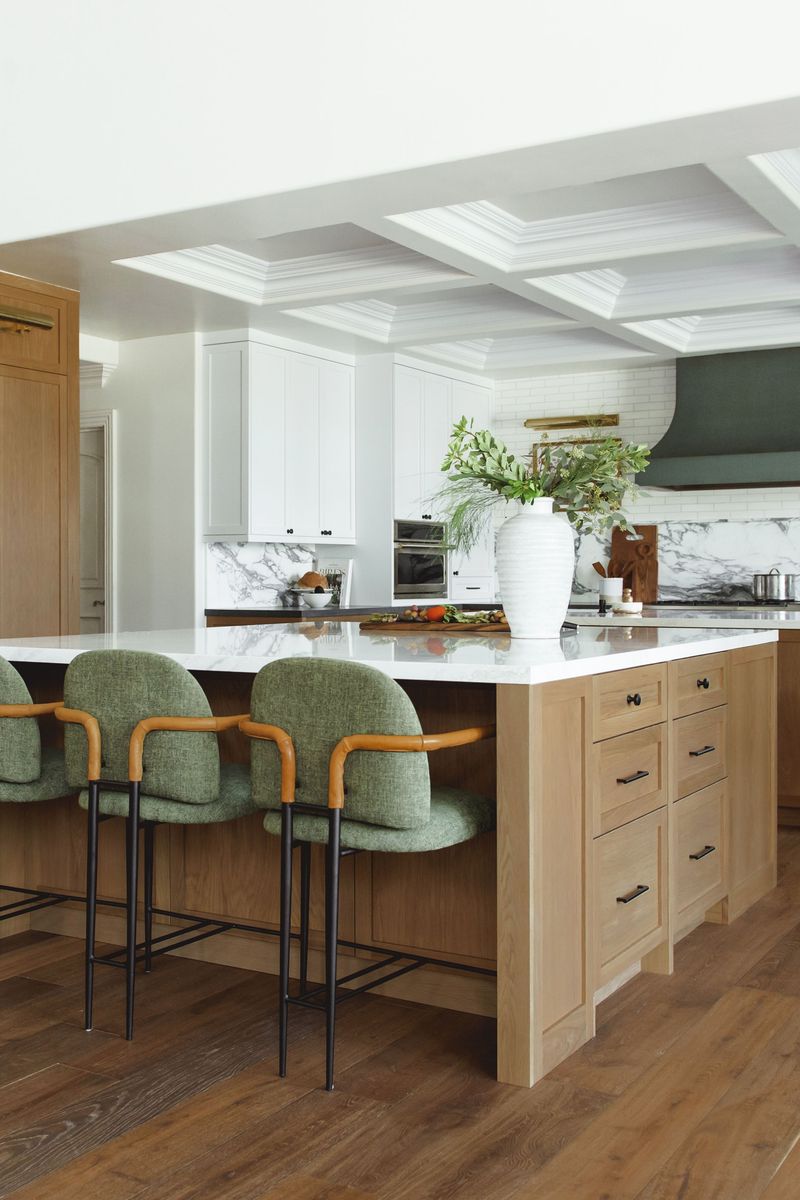
Those two-tiered countertops with a raised bar section were all the rage in the early 2000s but now scream “outdated” to Brooklyn buyers. The raised portion creates a visual barrier that makes kitchens feel smaller and more closed off exactly what today’s buyers don’t want.
If feasible, removing the raised section to create one continuous countertop height can dramatically modernize your kitchen before listing. This modification typically costs $1,000-$2,000 but can substantially increase buyer interest and perceived value. When removal isn’t possible, strategic staging can help minimize the dated impression.
Avoid bar stools that call attention to the raised section, and instead focus on highlighting other kitchen features during showings. Brooklyn’s competitive market means even small design details can significantly impact buyer perception and ultimately your selling price.

